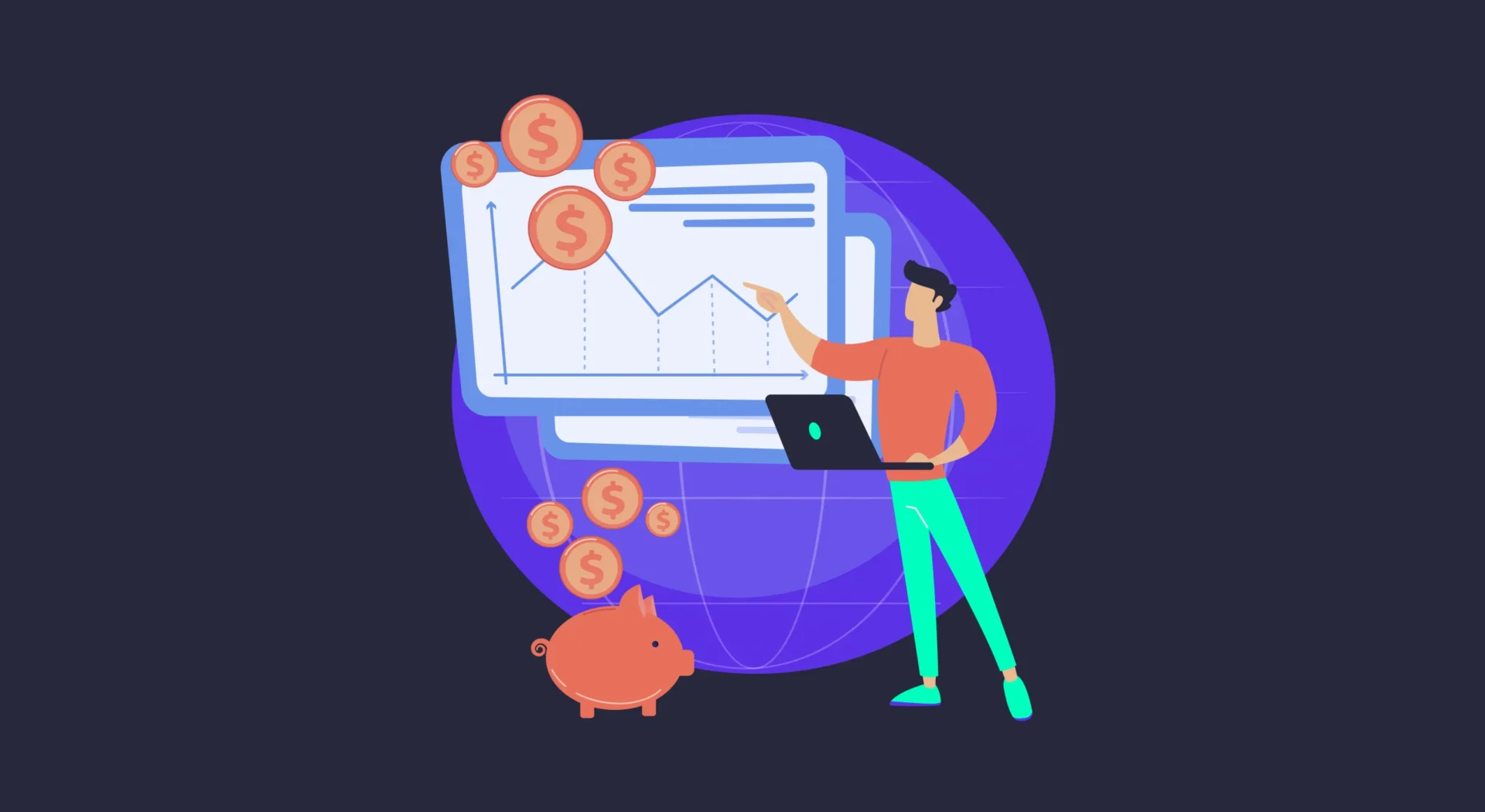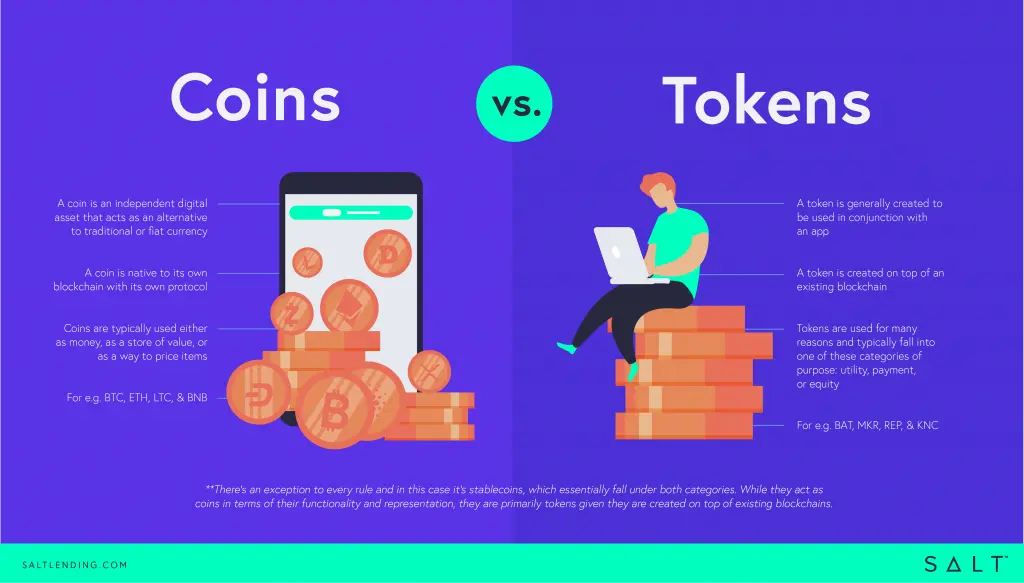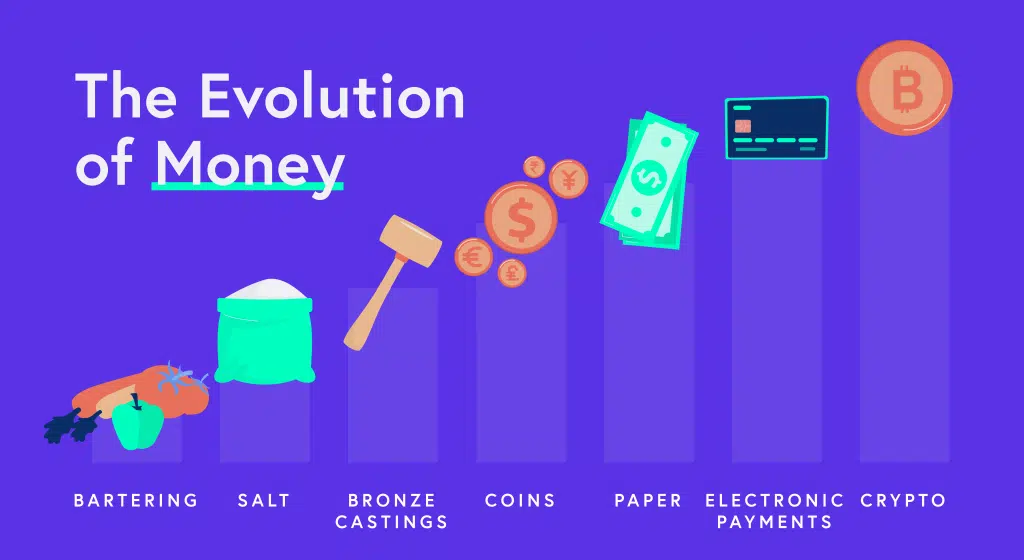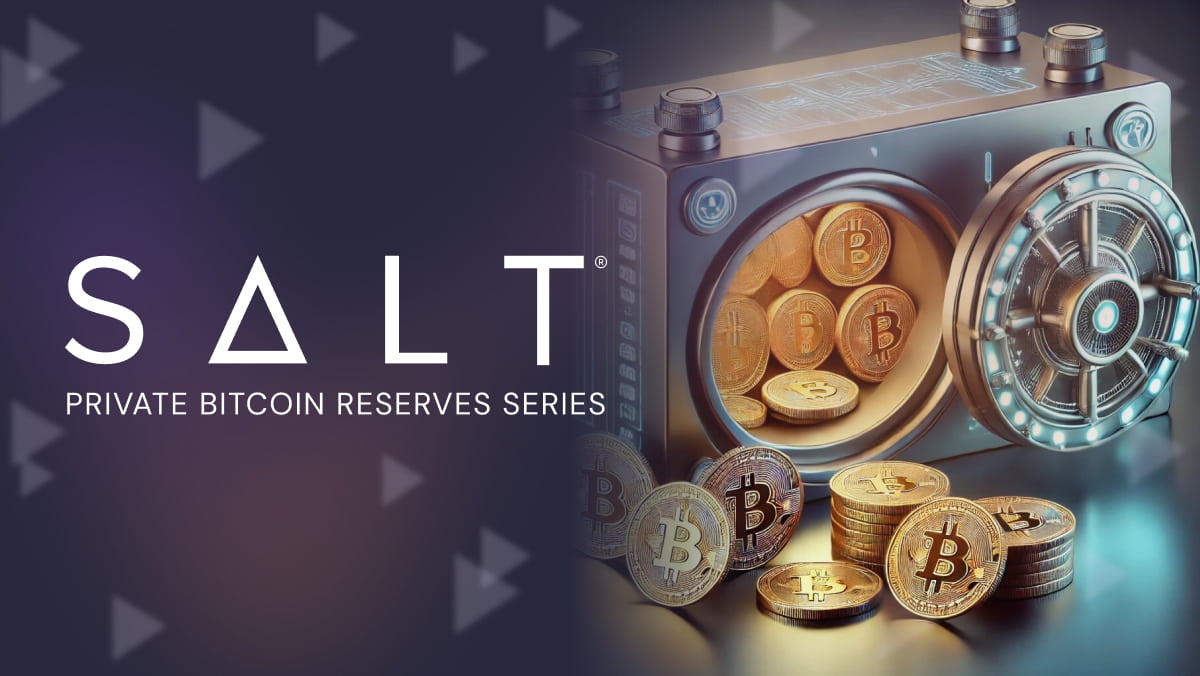Inflation and deflation are common economic terms that can be a bit confusing. They aren’t always addressed in school, but they affect our lives in so many ways. While the causes and consequences of inflation and deflation can be complicated, their definitions are surprisingly simple. Here is what you should know about these two terms and their role in a greater economy.
What is inflation?
In the simplest terms, inflation occurs when the price of goods and services goes up over time. It can happen slowly, over decades, or with sudden and devastating effects. Not every economist agrees on the reasons for slow, gradual inflation. It’s often tied to factors like market demand or the availability of certain goods and services.
Inflation in action
A current example is the inflated price of backyard swimming pools, pool filters, and pool maintenance supplies. With COVID-19 precautions closing many local swimming pools, more people than ever decided to put up backyard pools this summer. This increase in demand forced the price of pools and supplies up; another factor was the scarcity of some pool supplies since they have traditionally been manufactured in countries that slowed or shut down production due to COVID. The combination of increased demand with a short supply led to a deep inflation in the cost of these goods.
Hyperinflation
There’s more to the story, however. When both the cost of goods goes up, and the value of the local fiat goes down, it’s often referred to as “hyper-inflation,” especially when both happen in a short time frame. Unlike standard inflation, which experts aren’t always able to attribute directly to a source, economists tend to agree on the cause of hyperinflation.
The most common cause is a sudden and excessive growth of a country’s money supply. How does this happen? The Fed usually plays a role in making more money available in a strangled economy. Additionally, it’s not uncommon for governments to step in and tinker with interest rates or offer economic cash infusions (stimulus payments) in an attempt to stop the financial bleed that frequently happens with long periods of hyperinflation. Unfortunately, the bandaids for hyperinflation can often make problems worse.
How can you know if we’re in a period of inflation or hyper-inflation?
While the Fed aims for a rate of 2–3% per year inflation, this isn’t always manageable. Venezuela, for example, has seen inflation rates of 200,000% in a single year, an obvious sign of hyperinflation. It doesn’t have to be that severe to be counted, however; experts define anything above a 50% annual inflation rate to be a form of hyperinflation.
What is deflation?
The exact opposite of inflation, deflation, is the decrease in the cost of goods and services. It is usually accompanied by an increase in the value of the fiat. While some see this as a pleasant situation, deflation can be difficult for lenders who rely on climbing interest rates to make money on the cash they lend. Too much deflation or inflation can hurt essential industries. It can also harm consumer confidence over time, as people can get used to seeing prices go lower and actually hold on to their money waiting for the absolute best price. This can further aggravate the deflation cycle, something we saw during the Recession of 2008.
Remember, the role of government, unemployment, natural disasters, and technological advances can impact the cost of products we buy. Further, in the U.S., inflation doesn’t always happen across the board; consumer categories such as food and housing may see inflation over time, while items like electronics or clothing may see deflation during the same period. While consumers can’t always do much to affect inflation or deflation, we can better prepare our investment portfolios to secure our individual economic futures.








